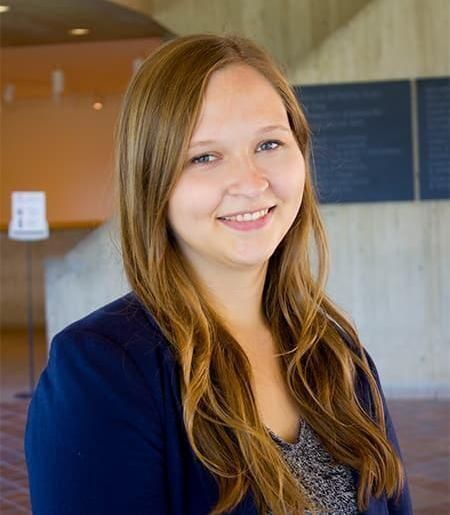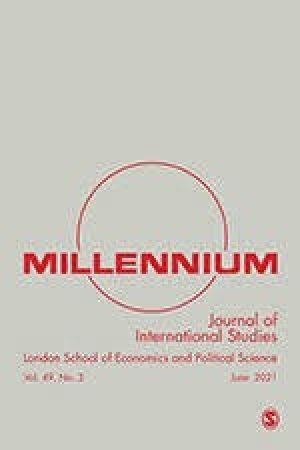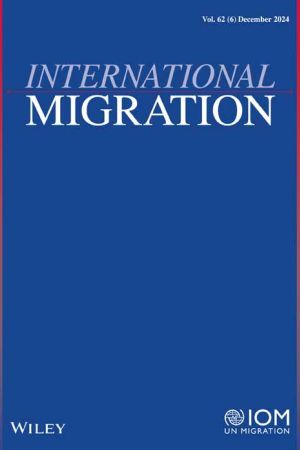Migrations Program
Information Session: Fulbright U.S. Student Program for Undergraduates

February 24, 2025
4:45 pm
The Fulbright U.S. Student Program supports U.S. citizens to study, conduct research in any field, or teach English in more than 150 countries. Students who wish to begin the program immediately after graduation are encouraged to start the process in their junior year. Recent graduates are welcome to apply through Cornell.
The Fulbright program at Cornell is administered by the Einaudi Center for International studies. Applicants are supported through all stages of the application and are encouraged to start early by contacting fulbright@einaudi.cornell.edu.
Register here. Can't attend? Contact fulbright@einaudi.cornell.edu.
Additional Information
Program
Einaudi Center for International Studies
Reppy Institute for Peace and Conflict Studies
East Asia Program
Southeast Asia Program
Latin American and Caribbean Studies
Institute for African Development
Institute for European Studies
South Asia Program
Migrations Program
Information Session: Global PhD Research Awards and Dissertation Proposal Development Program

February 20, 2025
5:00 pm
The Amit Bhatia ’01 Global PhD Research Awards fund international fieldwork to help Cornell students complete their dissertations. Through a generous gift from Amit Bhatia, this funding opportunity annually supports at least six PhD students who have passed the A exam. Recipients hold the title of Amit Bhatia ’01 Global PhD Research Scholars. All disciplines and research topics are welcome. The award provides $10,000 to be used by the end of the sixth PhD year for international travel, living expenses, and research expenses. Applications are due March 7, 2025.
The Einaudi Dissertation Proposal Development Program supports 12 students over the course of a year to participate in seminars, workshops, and mentoring sessions and receive up to $5,000 for summer research. Applicants’ research projects must focus on global issues, but the proposed research setting may be international or domestic. In addition to six weeks of summer research, the program includes community-building and mentoring events. Applications are due by March 2, 2025.
Register here. Can't attend? Contact programs@einaudi.cornell.edu.
Additional Information
Program
Einaudi Center for International Studies
Reppy Institute for Peace and Conflict Studies
East Asia Program
Southeast Asia Program
Latin American and Caribbean Studies
Institute for African Development
Institute for European Studies
South Asia Program
Migrations Program
DACA Recipients Worry Their Protection From Deportation Won’t Last Another Trump Term

Stephen Yale-Loehr, Migrations
Stephen Yale-Loehr, a professor of immigration law practice, said the most likely scenario is the panel affirming that DACA is illegal and that the case goes before the Supreme Court.
Additional Information
Anthropology Colloquium: Dusti Bridges

March 21, 2025
3:00 pm
120 Mary Ann Wood Drive, B21
(Re)lating Archaeological Belongings, Colonialist Histories, and Incorporated Peoples among the Onöndowa'ga:' Hodinöhsö:ni'
Settler narratives of Indigenous history tend to produce imaginary geographies across contested landscapes—employing moments of violence, movement, and change to characterize Indigenous communities as annihilated or moving towards erasure. The dispersal and incorporation of the Wendat and other peoples from Southern Ontario by the Hodinöhsö:ni' in 1649 CE provides one such narrative, with incorporees often portrayed as enslaved and their host communities on a violent trajectory of decline. Paralleling the maintenance of these scholarly interpretations, archaeological material culture from Hodinöhsö:ni' sites following this moment of rupture and incorporation have been subject to extensive avocational collecting and remain isolated from their living communities and histories in institutional collections. Bridging a critique of the construction of history and the practice of archaeology, I present a reassessment of the enslavement narrative of the Wendat and other Indigenous peoples among the Onöndowa'ga:' Hodinöhsö:ni' in the 17th century in what is now known as Upstate New York, employing legacy archaeological collections to untangle Indigenous processes from settler colonial narratives of decline and erasure.
Dusti C. Bridges is a PhD Candidate in the Department of Anthropology at Cornell. Her work combines archaeology, geography, and Indigenous studies to study Indigenous and settler colonial histories in the United States and Canada.
Additional Information
Program
Migrations Program
‘We try to Humanise their Stories’: Interrogating the Representation of Migrants and Refugees Through the Shift from ‘Poverty Porn’ to Humanisation and Resilience

Article
Additional Information
Arresting Movement: The History of German Immigration Detention Beyond the Camp

Article
Additional Information
Employers Hold Sway In Immigration Bureaucracy

Prioritizing unique and more educated applicants for temporary work visas, employers play a central but understudied role in the U.S. immigration bureaucracy, with implications for careers and American innovation, new Cornell research finds.
Additional Information
Land, Agriculture, and Migration

By Our Faculty
Article
Additional Information
Program
Type
- Article
Publication Details
Publication Year: 2024
Journal: International Migration
Beyond Linear Pathways: An Interconnected Framework for Understanding the Climate-Migration Nexus

By Our Faculty
Article
Additional Information
Program
Type
- Article
Publication Details
Publication Year: 2024
Journal: International Migration
How to Match Protections Along with Skills? Limitations of the Match-Motive Matrix for Temporary Migrant Workers

By Our Faculty
Article
Additional Information
Program
Type
- Article
Publication Details
Publication Year: 2024
Journal: International Migration
